Filter by

Evolution of the Protein Synthesis Machinery and Its Regulation
The “omics” era has given a new perspective to the findings on the origin and evolution of the process of translation. This book provides insight into the evolution of the translation process and machinery from a modern perspective. Written by leading experts in molecular biology, this text looks into the origins and evolution of the protein synthetic machinery.
- Edition
- -
- ISBN/ISSN
- 978-3-319-39468-8
- Collation
- Springer International
- Series Title
- -
- Call Number
- -
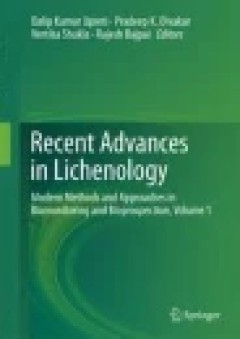
Recent Advances in Lichenology: Modern Methods and Approaches in Lichen Syste…
This book discusses in detail molecular, mycobiont culture, biomonitoring and bioprospection of lichens, providing insights into advances in different fields of lichenology by applying modern techniques and approaches and examining how their application has enhanced or changed classical approaches. It offers a valuable resource, especially for beginners, students and researchers from different …
- Edition
- -
- ISBN/ISSN
- -
- Collation
- -
- Series Title
- -
- Call Number
- 580

Recent Advances in Lichenology: Modern Methods and Approaches in Biomonitorin…
This book discusses in detail molecular, mycobiont culture, biomonitoring and bioprospection of lichens, providing insights into advances in different fields of lichenology by applying modern techniques and approaches and examining how their application has enhanced or changed classical approaches. It offers a valuable resource, especially for beginners, students and researchers from different …
- Edition
- -
- ISBN/ISSN
- -
- Collation
- -
- Series Title
- -
- Call Number
- 580

Triticale
Triticale crop species has received substantial research support since the mid-20th century making it a commercial success in many countries, in diverse value propositions. However, no recent book captures the new knowledge and progresses made in more than 2 decades. The purpose of this work is to review and collate the new knowledge of triticale plant biology and agronomy, while considering th…
- Edition
- 1
- ISBN/ISSN
- 978-3-319-22551-7
- Collation
- XI, 258
- Series Title
- -
- Call Number
- -
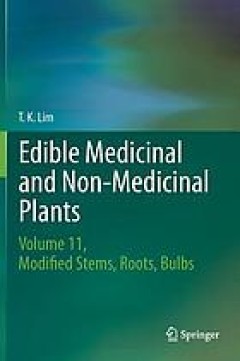
Edible medicinal and non medicinal plants. Volume 11, Modified stems, roots, …
This book covers such plants with edible modified storage subterranean stems (corms, rhizomes, stem tubers) and unmodified subterranean stem stolons, above ground swollen stems and hypocotyls, storage roots (tap root, lateral roots, root tubers), and bulbs, that are eaten as conventional or functional food as vegetables and spices, as herbal teas, and may provide a source of food additive or ne…
- Edition
- -
- ISBN/ISSN
- 9783319260624
- Collation
- x, 392 pages
- Series Title
- -
- Call Number
- 635.049

Molecular Phylogeny, Biogeography and an e-Monograph of the Papaya Family (Ca…
Fernanda Antunes Carvalho addresses an issue of key importance to the field of systematics, namely how to foster taxonomic work and the dissemination of scientific knowledge about species by taking full advantage of electronic data and bioinformatics tools. The first part focuses on the development of an electronic monograph of the papaya family (Caricaceae) using existing infrastructures of In…
- Edition
- 1
- ISBN/ISSN
- 978-3-658-10266-1
- Collation
- XIV, 147
- Series Title
- -
- Call Number
- -

Molecular Breeding for Sustainable Crop Improvement
The world population is estimated to reach to more than 10 billion by the year 2050. These projections pose a challenging situation for the agricultural scientists to increase crops productivity to meet the growing food demands. The unavailability and/or inaccessibility to appropriate gene pools with desired traits required to carry out genetic improvement of various crop species make th…
- Edition
- 1
- ISBN/ISSN
- 978-3-319-27088-3
- Collation
- XI, 478
- Series Title
- Sustainable Development and Biodiversity
- Call Number
- -
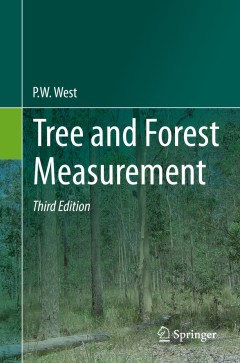
Tree and Forest Measurement
Affordable introduction to the practices of forest measurement for everyone who works with trees from the farmer to the forest Includes latest developments in forest biomass measurement and remote sensing Fully revised edition with many tips and insights into forest mensuration
- Edition
- 1
- ISBN/ISSN
- 978-3-319-14708-6
- Collation
- XII, 214
- Series Title
- -
- Call Number
- -
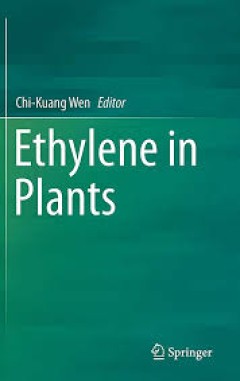
Ethylene in Plants
This book focuses on recent advances in our understanding of the signal transduction pathway of ethylene, its interaction with other hormones and its roles in biological processes. It discusses at which point plants could have acquired ethylene signaling from an evolutionary perspective. Ethylene was the first gaseous hormone to be identified and triggers various responses in higher plants. Our…
- Edition
- -
- ISBN/ISSN
- 978-94-017-9484-8
- Collation
- 6 b/w illustrations, 36 illustrations in colour
- Series Title
- -
- Call Number
- -
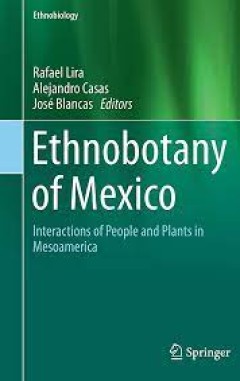
Ethnobotany of Mexico Interactions of People and Plants in Mesoamerica
This book reviews the history, current state of knowledge, and different research approaches and techniques of studies on interactions between humans and plants in an important area of agriculture and ongoing plant domestication: Mesoamerica. Leading scholars and key research groups in Mexico discuss essential topics as well as contributions from international research groups that have conduct…
- Edition
- -
- ISBN/ISSN
- 978-1-4614-6669-7
- Collation
- 21 b/w illustrations, 71 illustrations in colour
- Series Title
- -
- Call Number
- -
 Computer Science, Information & General Works
Computer Science, Information & General Works  Philosophy & Psychology
Philosophy & Psychology  Religion
Religion  Social Sciences
Social Sciences  Language
Language  Pure Science
Pure Science  Applied Sciences
Applied Sciences  Art & Recreation
Art & Recreation  Literature
Literature  History & Geography
History & Geography